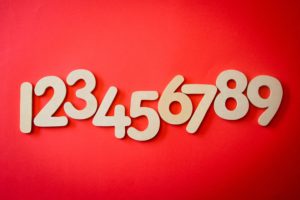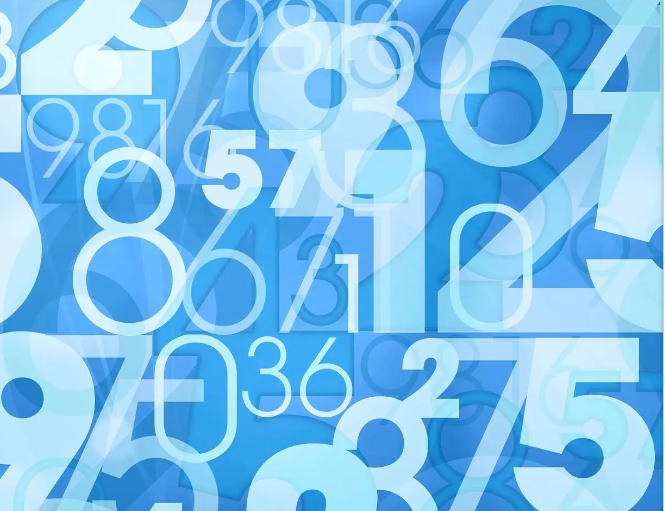What is Crossing the Decade?
Crossing the decade is understanding that after 9, digits start over with the number zero as a place holder.
When counting, students may not know what comes after “19,” because they may not understand that after numbers that end in 9, we cross over into a decade of numbers.

Our base ten number system means we have 10 digits 0 1 2 3 4 5 6 7 8 9 to show all numbers. As we count and reach the end of the digits, we cross into another decade or another group of 10.
In addition, when students learn the counting sequence, they need to understand not only what numbers to say, but what those numbers MEAN!
Place Value + Counting= Number Sense
Students need to understand that 19 means 1 group of 10 and 9 ones. In addition, 20 means 2 groups of tens because the ones have been grouped into another ten and digits start over to cross another decade.
Crossing the decade numbers (when counting by ones) include 9,10; 19,20; 29, 30; 39 40; 49 50; 59, 60; 69, 70; 79, 80; 89, 90, 99, 100 etc.
Why is crossing the decade important?
Crossing the decade is a component of number sense that facilitates the understanding of the counting sequence, place value, number patterns and skip counting.
For example when skip counting by 5s, students need to understand that after 95 is 100. If students truly understand crossing the decade, then they will ALSO understand that after 195 is 200 and after 295 is 300 and so on.
In addition, building number sense helps provide the foundation for fact fluency as well. Read more about fact fluency HERE.
Practice Practice Practice
Students should use concrete materials such as base ten blocks to practice making numbers such as 19 and 20. Connecting numbers to the place value concept that 9 is last digit and 0 holds the place to cross the decade.
Here are a few activities for students to practice crossing the decade:
1. Provide written numbers and have students build numbers with blocks. This will help students make the connection between written numbers and blocks that represent the numbers.
2. Provide blocks and have students count the blocks and write the number that the blocks represent.
3. Ask students to explain why 20 comes after 19, 30 comes after 29 and so on. Use the crossing the decade numbers. They should understand that 20 comes after 19 because when we get to 9 our digits start over. We use 0 as a place holder and to help represent the next bundle of tens.
How do you assess Crossing the Decade?
- Count to 100 out loud-Students should cross each decade correctly 29 to 30, 39 to 40 etc.
- Show 29 and then show 30 (or any other pair of numbers that cross the decade) with pictures, words or manipulatives.
- Skip count by any number to show how crossing decade applies when skip counting.
If your students need extra practice with crossing the decade, check out my skip counting materials on Teachers Pay Teachers.
Count to 120 Cross the Decade Activities
Skip Counting by 5s Cross the Decade Activities
Skip Counting by 10s Cross the Decade Activities
Skip Counting by 2s Cross the Decade Activities








